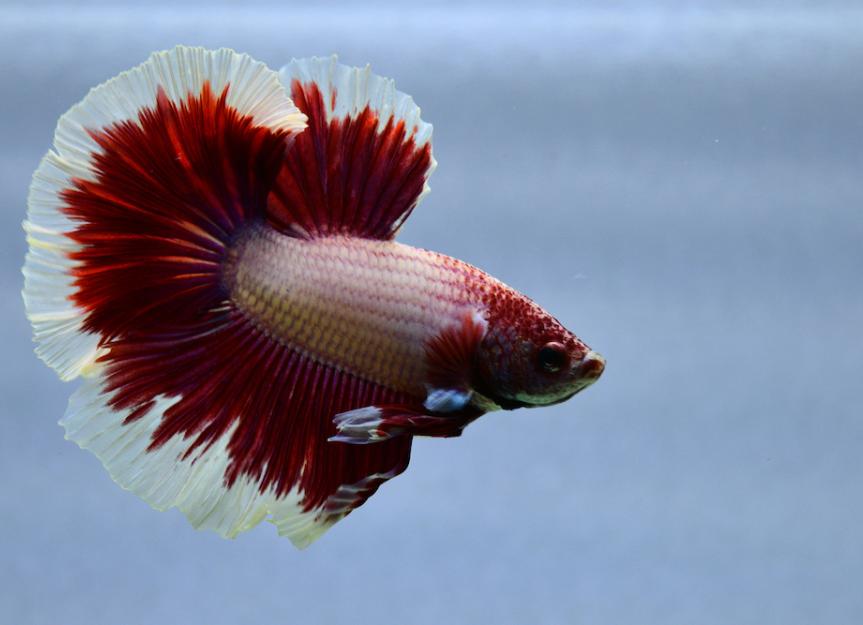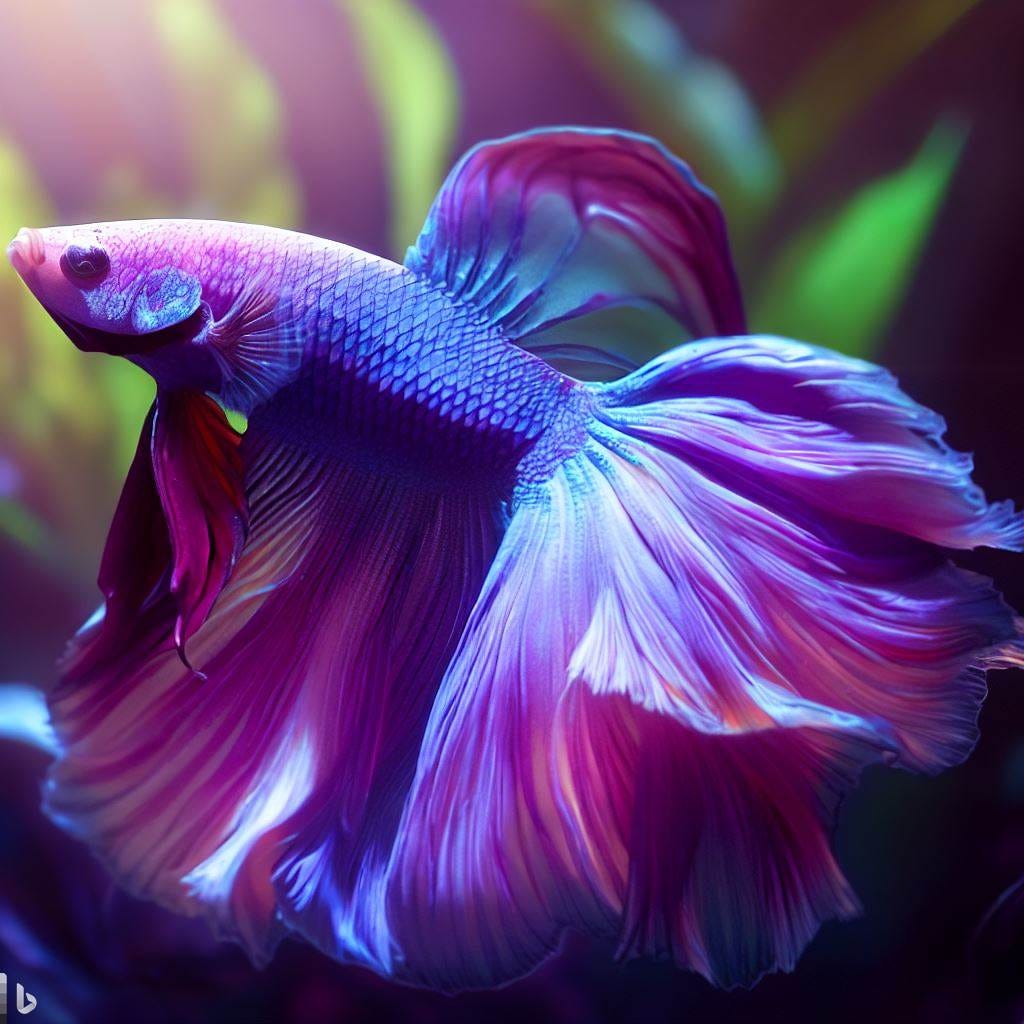How to Reproduce Betta Fish Successfully: Specialist Techniques and Insights for Hobbyists Wanting To Broaden Their Betta Collection
Reproducing Betta fish needs a nuanced understanding of genetics and ecological conditions, making it vital for enthusiasts to approach the process with both persistance and care. Developing an ideal reproduction atmosphere, selecting the best sets, and observing the intricacies of their courtship habits are foundational actions that can dramatically impact the end result. Furthermore, the subsequent treatment of the fry is critical for guaranteeing their healthy development. As we discover these crucial parts, it ends up being clear that successful reproduction is not simply concerning the first pairing however incorporates a wider approach that advantages cautious factor to consider.
Understanding Betta Fish Genes
Understanding the genes of Betta fish is vital for effective breeding, as it affects attributes such as color, fin form, and behavior. Betta fish show a diverse selection of shades and patterns, largely determined by their hereditary makeup. The key genetics accountable for pigmentation include the "B" gene for blue, "D" genetics for red, and the "C" gene for shade strength. Dog breeders can control these qualities by choosing details parent fish that exhibit preferred attributes.
In addition to coloration, fin morphology is another significant element of Betta genes (betta fish). The sizes and shape of fins are affected by different genetics, including those that figure out whether the fins are short, long, or veil-shaped. Understanding these hereditary variants assists dog breeders anticipate the phenotypic end results of their spawn
Additionally, behavior traits such as aggressiveness and territoriality can likewise be affected by genes. These actions play an important duty in the breeding process, as they can impact generating success and the overall personality of the resulting fry. By adequately understanding these genetic principles, breeders can make informed decisions, inevitably enhancing their reproduction programs and accomplishing preferable results.
Preparing the Reproduction Setting
Creating an optimum breeding atmosphere is essential for the effective recreation of Betta fish. The initial step in preparing this environment is to choose a suitable reproduction container, preferably varying from 5 to 10 gallons. This dimension permits for adequate swimming space and the facility of regions. The tank needs to be geared up with a heating system to preserve a stable temperature level in between 78 ° F and 80 ° F, which is essential for motivating generating actions.
Next, consider the use of a sponge filter or an air stone to provide gentle water circulation without producing solid currents that can worry the fish. It is important to install plants or reproducing cones to offer concealing spots and advertise comfort for the lady during the spawning procedure. Floating plants, such as Java moss or water sprite, can also create an extra natural surroundings while promoting bubble nest building by the man.
Before presenting the breeding sets, ensure the water is conditioned and without harmful chemicals, such as chlorine or heavy steels. betta fish. Routine water modifications should be carried out to preserve optimum water quality, improving the possibilities of effective breeding. With you could try here these preparations in position, the reproducing setting will certainly support the wellness and well-being of both Betta fish
Selecting Reproduction Pairs
Picking the ideal breeding pairs is important for accomplishing successful Betta fish reproduction. When selecting your breeding pairs, consider a number of essential aspects including wellness, temperament, and genetics. Healthy and balanced Betta fish display vivid shades, clear eyes, and active behavior. Selecting fish that are devoid of disease makes sure a much better chance of producing feasible spawn.
Character is an additional vital consideration, as Betta fish are recognized for their hostile nature. It is advisable to select a male and lady that exhibit compatible personalities to decrease stress and anxiety throughout the reproducing process. A calm man can encourage a smoother courtship, while a woman that is too hostile may disrupt the process.
Genetic history additionally plays a substantial duty in the quality of the children. Reproducing fish that are genetically varied can lower the danger of hereditary health and wellness problems and enhance the general vigor of the fry. It is advantageous to investigate the lineage of both the man and female, concentrating on preferable attributes such as fin type, color scheme, and dimension.
The Reproduction Refine
The breeding procedure of Betta fish needs mindful preparation and attention to information to make sure an effective end result. It is vital to prepare a suitable breeding storage tank, ideally a 5-10 gallon fish tank with a temperature level kept at 78-80 ° F. The tank should be furnished with a heating unit, filter (ideally sponge type to prevent strong see it here currents), and lots of marine plants for the female to conceal.
As soon as the environment is set, present the selected breeding set to the tank, allowing them to adjust. Observe their habits; the male will certainly display elaborate courtship routines, including flaring his fins and developing a bubble nest. If the lady shows interest, she will certainly display vertical stripes indicating preparedness for spawning.
When the lady is receptive, the pair will engage in a breeding accept, throughout which the male feeds the eggs. It is important to check their interactions very closely, as the man may come to be aggressive. After generating, eliminate the female to avoid potential harm. The man will often tend to the eggs, which generally hatch out within 24-36 hours. Preserving ideal water problems during this period is essential for the development of healthy and balanced Betta fry.
Caring for Betta Fry

Feeding Betta fry is crucial, as they need a diet regimen high in healthy protein. Initially, they can be fed infusoria or fluid fry food, transitioning to finely crushed high-grade pellets as they grow. Feed small parts numerous times a day to urge healthy development without overwhelming the tank with uneaten food.

As they mature, monitor their development very closely and separate any type of hostile individuals to stop injury. By giving a supporting setting and proper nourishment, hobbyists can successfully elevate Betta fry right into lively, healthy and balanced fish, eventually boosting their breeding check my reference undertakings.
Conclusion
Effective Betta fish breeding requires precise interest to hereditary selection, environmental problems, and treatment for the fry. By comprehending the genetics of Betta fish and preparing a suitable reproduction setting, hobbyists can enhance the possibilities of producing lively, healthy and balanced offspring.